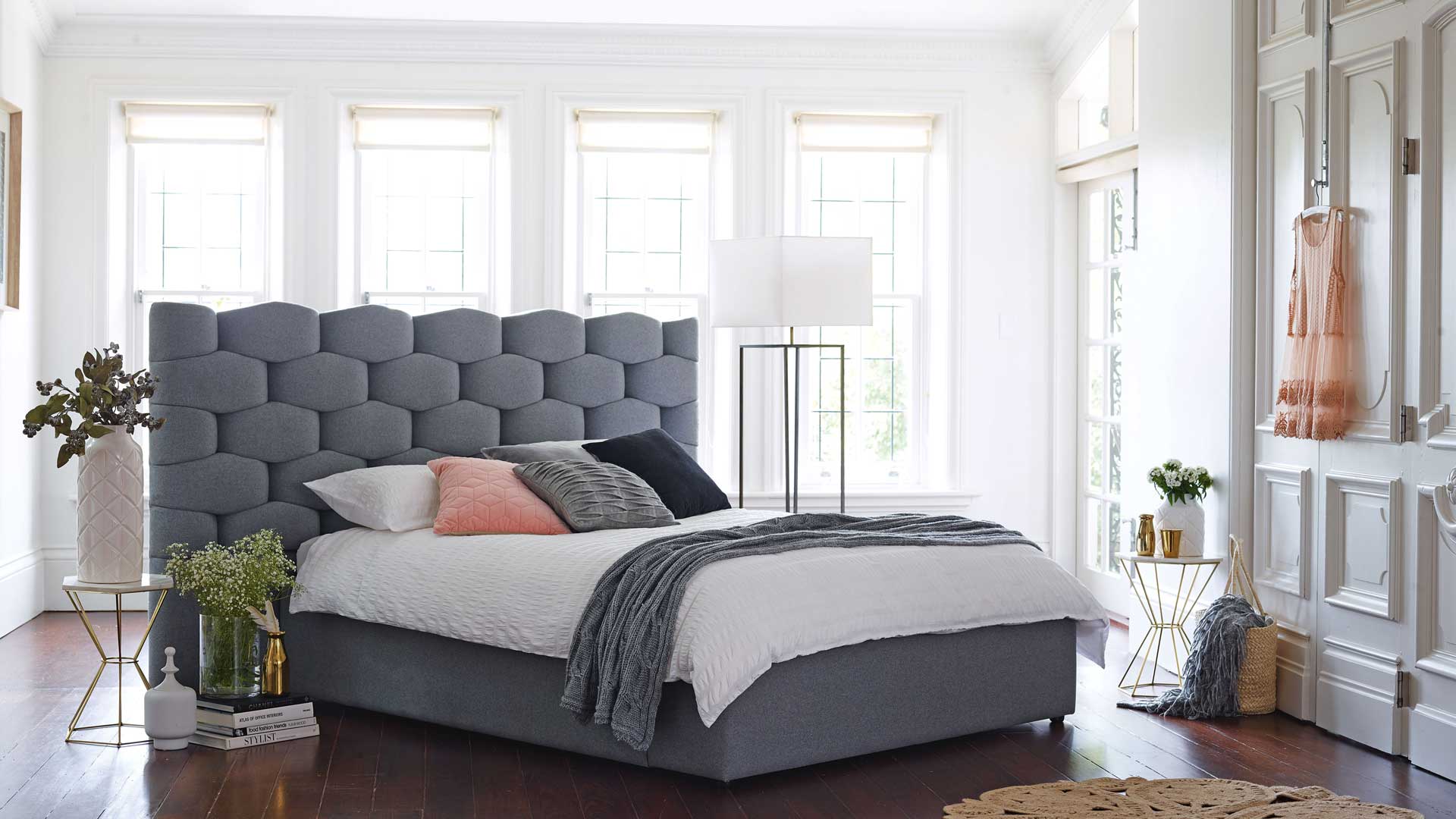We were recently featured in an article by Joanna Seton at ArchiPro, a website showcasing Australian architecture and design – for products, professionals and projects.
In a world inundated with mass-produced furniture, the allure of bespoke pieces crafted with precision, passion, and sustainability is gaining prominence. Design Furniture’s Lisa Magnera sheds light on the intricate processes that set quality handmade furniture apart.
In the world of furniture design, where mass production often dominates the market, there is a niche that values craftsmanship, individuality, and sustainability — high-end custom-made furniture. Design Furniture has become a beacon in this realm, redefining quality and sustainability through its bespoke furniture masterpieces. To understand why consumers are favouring custom furniture pieces, we spoke to Design Furniture’s Lisa Magnera about the commissioning process, eco-friendly practices, and Design Furniture’s commitment to delivering unique, sustainable, and timeless pieces.
Crafting excellence from conception to creation
At the heart of bespoke furniture design is a commitment to quality that begins with understanding the client’s vision. Magnera emphasises the importance of extensive questioning during the initial stages. This process not only captures the client’s aesthetic preferences but also delves into functionality, ensuring that each piece serves its purpose seamlessly within the intended space.
“We carefully consider each client’s needs by asking a lot of questions at the outset, in terms of design and functionality (will the design be both aesthetical and functional for the space they intend it to sit?),” says Magnera. “Some clients are environmentally sensitive and want their bespoke designs to be crafted with the most minimal of footprints possible, so we need to that take into consideration by presenting all the options.”
For clients with eco-friendly concerns, the company offers a range of sustainable options, from eco-friendly cushion fillings to non-toxic foams and organic fibre textiles. This commitment to sustainability extends from design conception to the final upholstery, where choices like Australian plantation timbers and organic fabrics make a significant impact.



